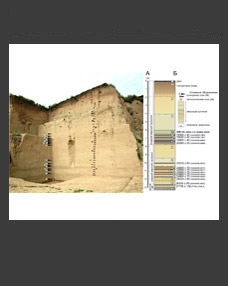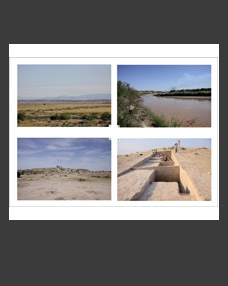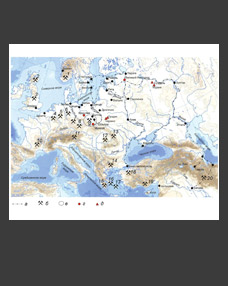Petr G. Gaidukov1,* and Igor V. Grishin1,**
1Institute of Archaeology RAS, Moscow, Russia
*E-mail: russianchange@yandex.ru
**E-mail: robert2t@yandex.ru
Keywords: medieval Rus, Moscow principality, coin minting, coin type and variant, denga (half-copeck coin), coin hoard, coin catalogue.
As part of the preparation of the coin catalogue for the Grand Duchy of Moscow during the reign of Vasily Dmitrievich (1389–1245), the authors collected significant numismatic material (over 12,000 items). It is divided into two periods, the boundary being the monetary reform of the early 1410s. The early period includes over 8,600 coins minted in Moscow (central minting, 22 types of denga coins, over 5,700 items) and in the regional centres of the Moscow Principality (peripheral minting, 36 types of denga coins, over 2,900 items). The most common coins of the central minting are denga (a half-copeck coin) depicting various horsemen and Arabic or Russian inscriptions (over 3,000 items, 10 types), as well as a four-legged animal and an Arabic inscription (over 2,000 items, 3 types). Denga coins with horsemen were minted mainly in the 1390s, those with animals – in the first decade of the 15th century AD. The article publishes the coins of Vasily I of the central minting depicting a horseman galloping to the left with a falcon. 89 such coins have been recorded, divided into eight variants. The study examines the issues of classification, topography of finds and minting chronology of this type of denga (second half of the 1390s).
DOI: 10.31857/S0869606324040096, EDN: KIFNDI







